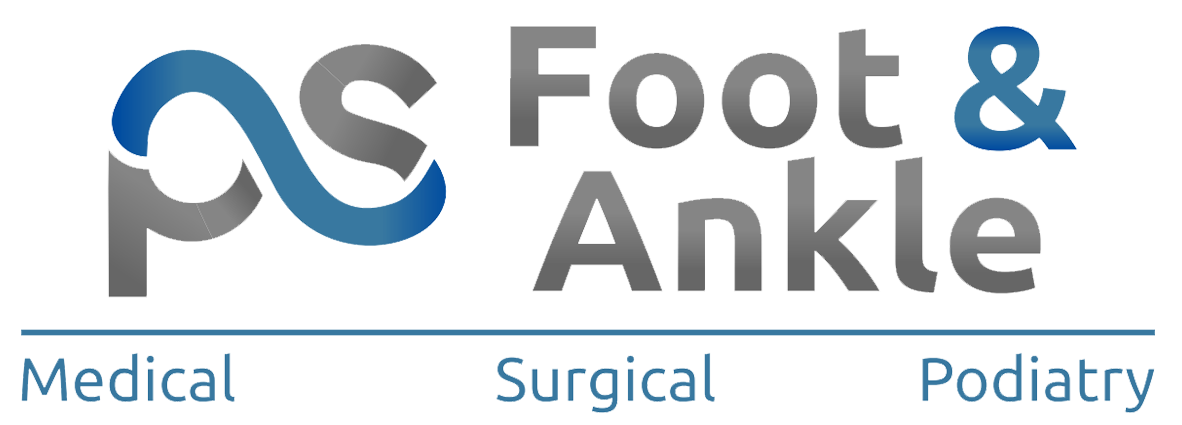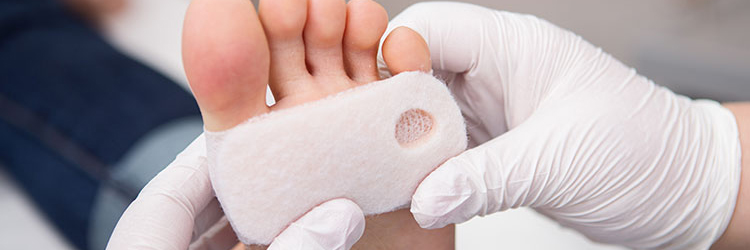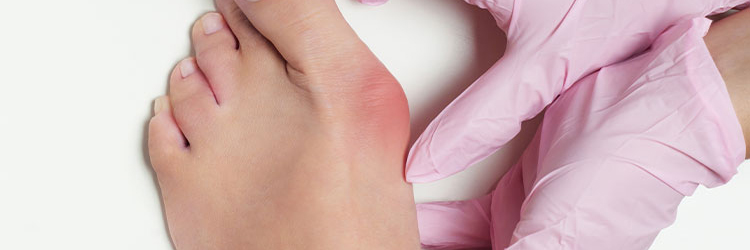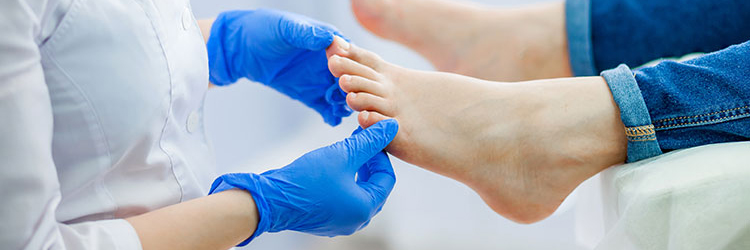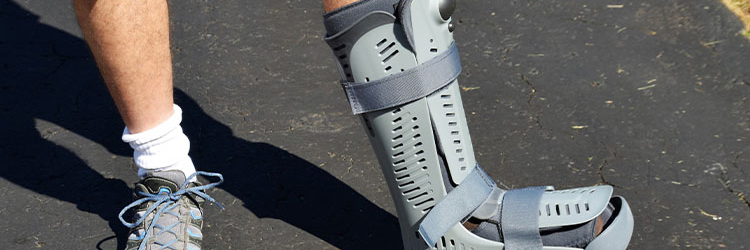What is an adult flatfoot?
The adult flatfoot deformity, also known as posterior tibial tendon dysfunction (PTTD), is a condition in which the posterior tibial tendon that runs along the inside of the ankle and foot becomes weakened or damaged. This can cause the arch of the foot to gradually flatten over time, leading to pain, weakness, and difficulty walking.
The posterior tibial tendon plays a crucial role in supporting the arch of the foot, and when it becomes weakened or damaged, the foot can no longer properly support the body’s weight. This can cause the foot to roll inward, a condition known as overpronation, and can lead to the development of other foot problems such as bunions, hammertoes, and plantar fasciitis.
Adult flat foot deformity can be caused by a variety of factors, including trauma or injury to the foot or ankle, genetics, inflammatory conditions such as various inflammatory arthritides, and certain medical conditions such as obesity or diabetes. It typically occurs in middle-aged or older adults.

What are conservative treatments for adult flatfeet?
Conservative treatment options for adult flat foot deformity may include:
- Orthotics or shoe inserts: Customized orthotics are truly an investment in your health as they can be worn inside the shoe to provide support to the arch and help redistribute pressure across the foot. They can help relieve pain and improve function.
- Physical therapy: Specific exercises and stretches can help improve the strength and flexibility of the foot and ankle muscles and improve overall foot function.
- Immobilization: In some cases, wearing a cast or ankle brace may be necessary to immobilize the foot and ankle and allow the damaged tendon to heal.
- Adjustable ankle brace with can help support the arch and prevent its collapse during the gait cycle.
- Kinesio taping: This involves applying a special elastic tape to the affected area to support the foot and ankle and reduce pain and inflammation.
- Electrical stimulation: Electrical stimulation can be used to stimulate muscle contractions and reduce pain and inflammation, such as a TENS unit.
- Nonsteroidal anti-inflammatory drugs (NSAIDs): Over-the-counter pain relievers such as ibuprofen or naproxen can help reduce pain and inflammation.
- Weight management: Maintaining a healthy weight can help reduce stress on the feet and improve overall foot function.
- Activity modification: Reducing high-impact activities such as running or jumping can help reduce stress on the foot and allow the damaged tendon to heal.
It is important to consult with a healthcare professional to determine the best treatment options for your specific case of adult flat foot deformity. In some cases, a combination of different treatment approaches may be necessary to achieve optimal results. Furthermore a proper gait analysis at PS Foot and Ankle will help you understand the way you walk, and therefore identify any imbalances or abnormalities that may be contributing to posterior tibial tendonitis. This information can be used to develop a personalized treatment plan.
What are some surgical treatments for adult flat feet?
Surgical treatment options for adult collapsing flat foot deformity depend on the flexibility and/or rigidity of your condition. There is a wide spectrum of this condition and making a clinical decision is dependent on your lifestyle expectation as surgical intervention is commitment to changing the construction of your foot. Some of these modalities include:
- Tendon repair: If the posterior tibial tendon is only partially torn or damaged, it may be possible to repair it using sutures. This can help restore the tendon’s strength and function.
- Tendon transfer: In some cases, the damaged posterior tibial tendon may need to be replaced with a healthy tendon from another part of the body, commonly utilizing the Flexor Digitorum Longus. This is known as a tendon transfer.
- Osteotomy: This is a surgical procedure in which a bone is cut (typically made in the calcaneus and/or medial cuneiform) and repositioned to improve the alignment of the foot and ankle. It may be used to correct flat foot deformity and improve foot function.
- Fusion: In severe cases of flat foot deformity, fusion may be necessary to stabilize the foot and ankle. This involves fusing two or more bones together using screws, plates, or other hardware.
As noted, the specific surgical treatment option used will depend on the individual case and the severity and flexibility of the condition. It is important to discuss the risks and benefits of surgery with your doctor to make an informed decision about your treatment plan. In some cases, additional rehabilitation or physical therapy may be necessary following surgery to help the regain strength and mobility. Come in for a consultation at PS Foot and Ankle in Bridgewater, NJ and we can provide a personalized individual plan.
